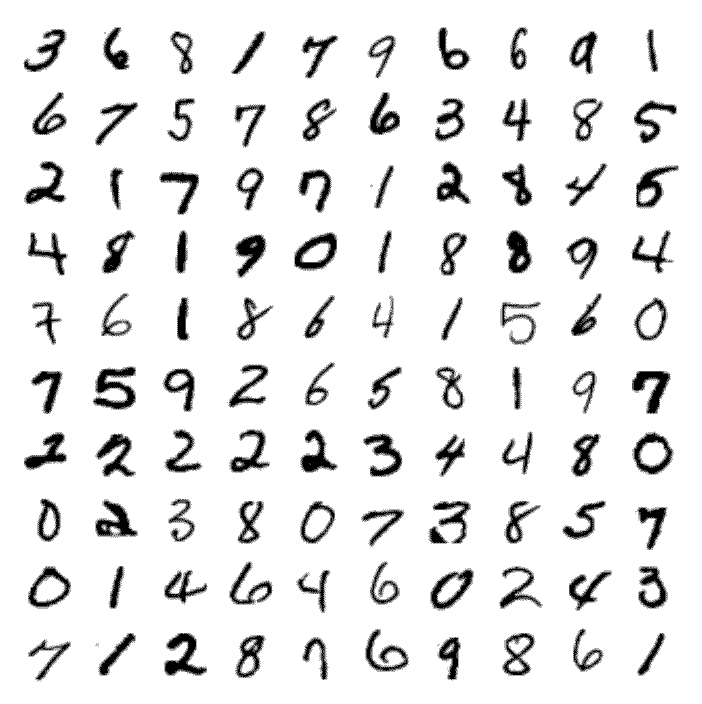Deep Learning Projects (Summer ‘22)
Skills learned: Gained insights into the differences between AI, ML, and DL. Proficiency in TensorFlow and Keras & understanding of the Google Collaboratory workflow.
References used: Deep Learning Illustrated, TensorFlow 2.0 Complete Course
Explanation of AI, ML, and DL:
- Artificial Intelligence: Employs a set of rules
- Machine Learning: Generates rules for us using an algorithm
- Neural Networks (Deep Learning): Utilizes layered data representation in machine learning
Software and libraries used:
- TensorFlow: Free and open-source library for machine learning and AI.
- Keras: Open-source Python interface for artificial neural networks.
- Google Collaboratory: Allows combining executable code, text, images, and more in one document.
Practical application of skills:
Engaged in several small projects from the book "Deep Learning Illustrated" by forking a repository of Google Collaboratory notebooks authored by the book's creator.
Shallownet in Keras

Description:
An artificial nueral network is created with keras and TensorFlow. This network is used to predict handwritten digits from the MNIST Handwritten digits shown above. The network's architecture consists of an input layer for each 28x28 pixel image of a digit, a single hidden-layer consisting of 64 sigmoid nuerons, and an output layer of 10 softmax nuerons which contain the probabality that the digit is a certain value from 0 to 9.
Steps Taken:
1. Import Dependencies:
import keras
from keras.datasets import mnist
from keras.models import Sequential
from keras.layers import Dense
from keras.optimizers import SGD
from matplotlib import pyplot as plt
2. Load MNIST Data:
(X_train, y_train), (X_valid, y_valid) = mnist.load_data()
X_train.shape
y_train.shape
X_valid.shape
y_valid.shape
3. Reformat the Data:
# Flatten 2d image to 1d - Convert pixel integers to floats
X_train = X_train.reshape(60000, 784).astype('float32')
X_valid = X_valid.reshape(10000, 784).astype('float32')
# Convert integer labels to one-hot
X_train /= 255
X_valid /= 255
n_classes = 10
y_train = keras.utils.to_categorical(y_train, n_classes)
y_valid = keras.utils.to_categorical(y_valid, n_classes)
4. Architect the Network:
model = Sequential()
model.add(Dense(64, activation='sigmoid', input_shape=(784,)))
model.add(Dense(10, activation='softmax'))
model.compile(loss='mean_squared_error', optimizer=SGD(lr=0.01), metrics=['accuracy'])
5. Train the Network:
model.fit(X_train, y_train, batch_size=128, epochs=200, verbose=1, validation_data=(X_valid, y_valid))
Outcomes:
The network approaches 86% accuracy after 200 epochs of training as shown below

